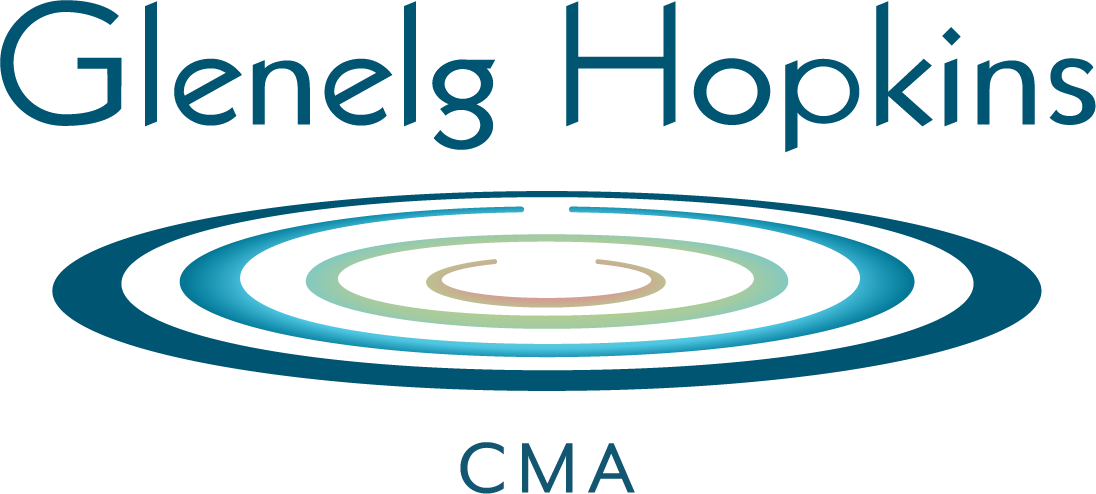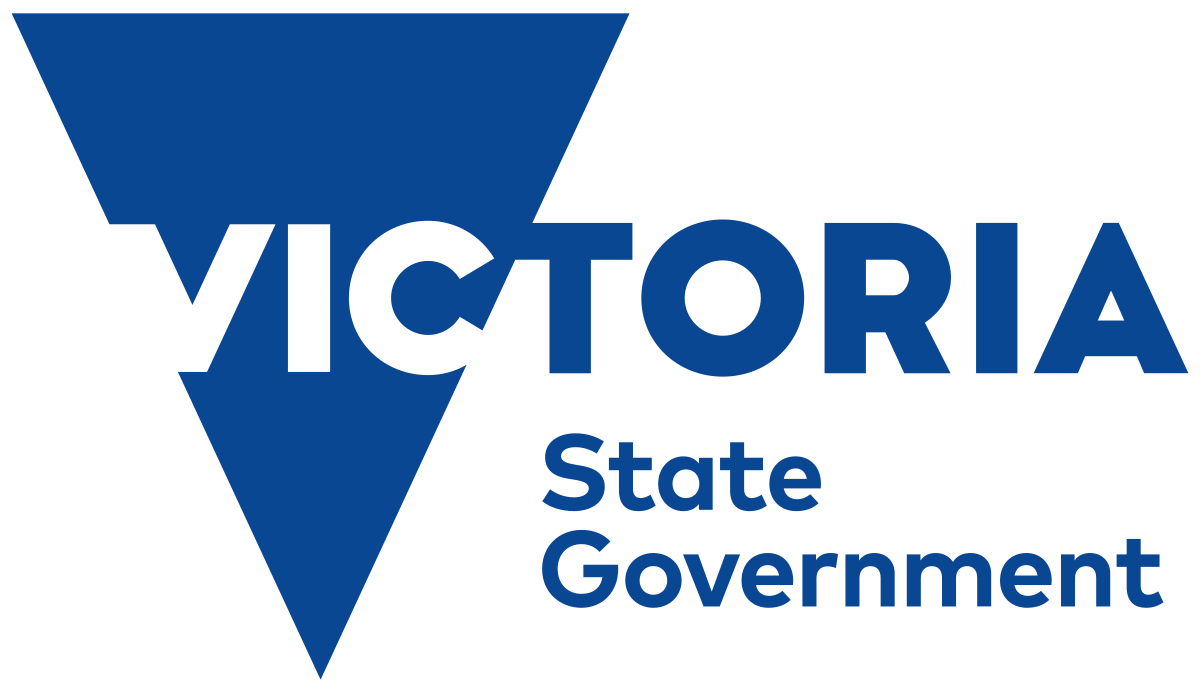Glenelg Freshwater Mussel
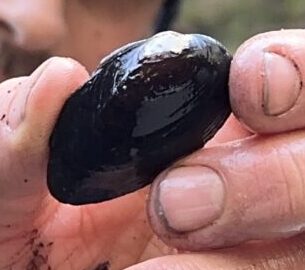
Building Mussels
This project will improve the trajectory of the critically endangered Glenelg Freshwater Mussel through habitat improvement and captive breeding programs.
Project name: Building (Glenelg Freshwater) Mussels
Project funding: $490,000 over two years (2024-2025)
Funding source: The Australian Government’s Saving Native Species Program
MAY 2024: Glenelg Freshwater Mussel project announced!
We are musselling up the Glenelg River!
A new $490,000 two-year project funded through the Australian Government’s Saving Native Species program will see the Glenelg Freshwater Mussel’s environment improved locally through on-ground works and actions.
The project also includes funding for the population currently housed at the Snob’s Creek Hatchery, with an aim of successfully breeding them in captivity.
READ THE PROJECT MEDIA RELEASE HERE
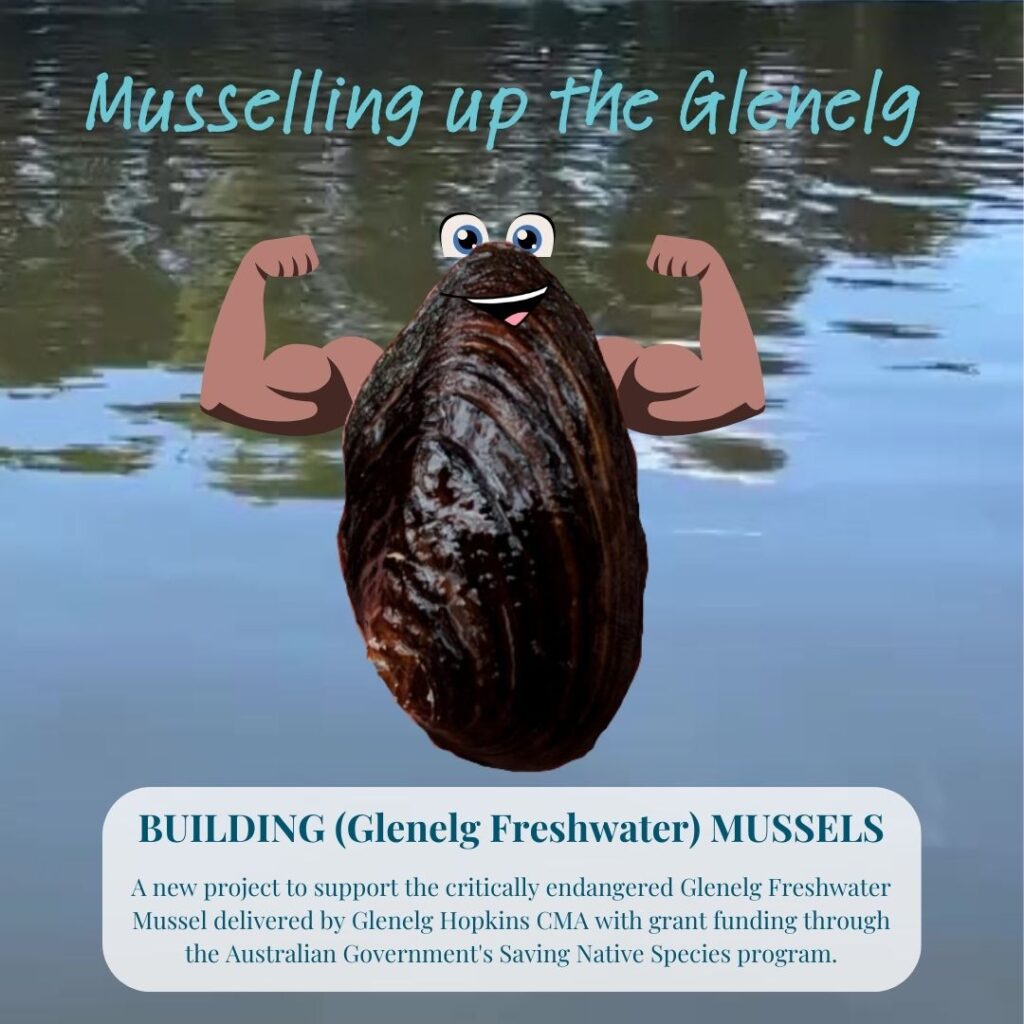
Meet The GFM – our project mascot!
The Glenelg Freshwater Mussel might seem like a sedentary mollusc but it is far from it!
Meet The GFM – it’s our project mascot who will be used to promote our project relating to the Glenelg Freshwater Mussel.
We think musselling up the Glenelg River gives us every reason to create a muscled-up Mussel!
What is the Glenelg Freshwater Mussel?
The Glenelg Freshwater Mussel (Hyridella glenelgensis) is a small, fragile, almond-shaped native bivalve known only from the Glenelg River system in south-western Victoria.
The Glenelg Freshwater Mussel (GFW Mussel) is listed as Critically Endangered under the National EPBC Act 1999 and FFG Act 1988, because of its severe decline in abundance and distribution. It is also listed as a priority species under the Threatened Species Action Plan.
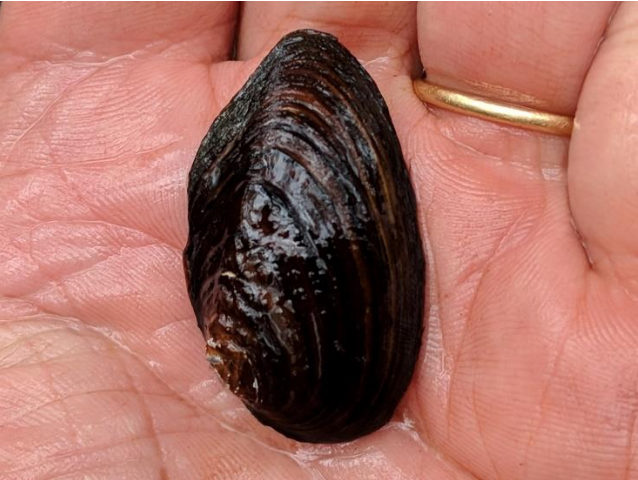
There are currently four known populations, each small and isolated. Permanent flow, good water quality, a sandy substrate and dense riparian vegetation are important features of mussel habitat. The combination of restricted geographic distribution and specific habitat requirements make the Glenelg Freshwater Mussel particularly susceptible to extinction.
Threats to the Glenelg Freshwater Mussel include siltation, loss of riparian vegetation through livestock trampling and grazing, poor water quality due to salinity and pesticides, low flows and cessations in flow, introduced common carp (Cyprinus carpio), loss of native fish hosts for parasitic mussel larvae, bushfires and impacts of future timber harvesting.
What is the Building Mussels project?
Glenelg Hopkins CMA will lead a project to address the current decline and threats to the Glenelg Freshwater Mussel through practical actions drawn from the Approved Conservation Advice.
These actions combine identification of strategic habitat, targeted threat abatement for improved riparian management, and the establishment of a population of GFW Mussels in captivity at the Snobs Creek hatchery to support the species through catastrophic events.
The project brings together the combined expertise of Glenelg Hopkins CMA, the Arthur Rylah Institute for Environmental Research (ARI), Victorian Fisheries Authority (VFA) and Gunditj Mirring Traditional Owners Aboriginal Corporation (GMTOAC).
Plantation companies will undertake targeted on-ground works along strategic riparian zones.
Community engagement activities will target the local community around Dartmoor.
This project builds on the Glenelg Freshwater Mussel protection and recovery post Crawford River fire project (GA-2000746), funded through the Australian Government’s Bushfire Wildlife and Habitat Recovery Program.
Key project activities:
Habitat improvement:
By December 2025, 10 ha of riparian habitat will be improved along 1 km of waterway, protecting strategic locations for wild populations and future translocations of the GFW Mussel. Additionally, landholders will offered incentives to fence off stock access to the waterway.
This contributes to the long-term outcome: By 2035, 80% of strategic habitat improved along 20 km of waterway, protecting wild and translocated GFW Mussel populations.
Habitat protection will be achieved through three phases: inception, landholder engagement and implementation.
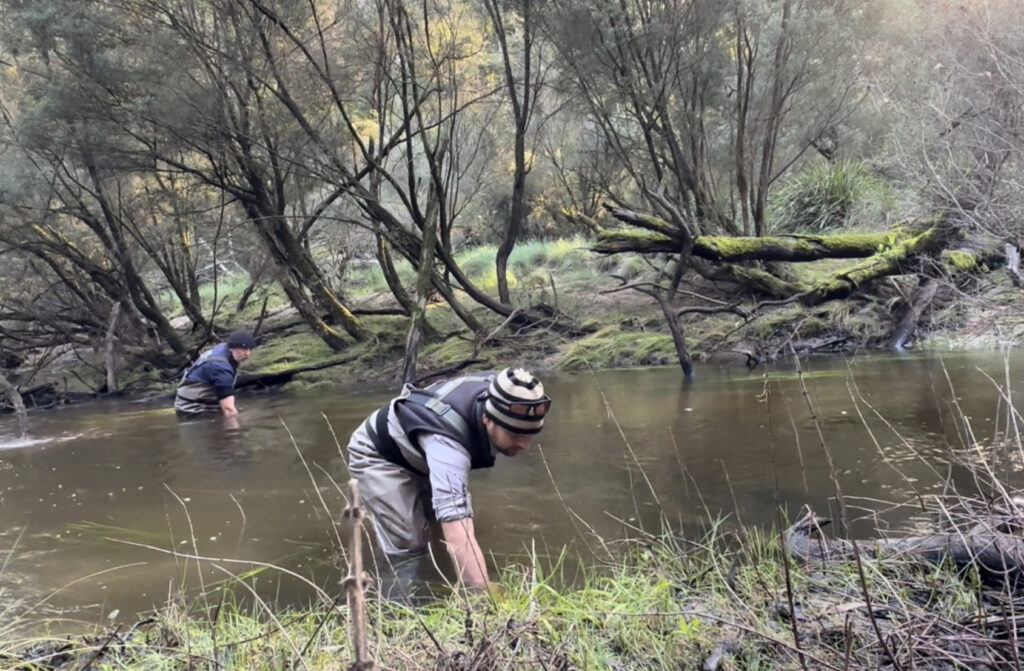
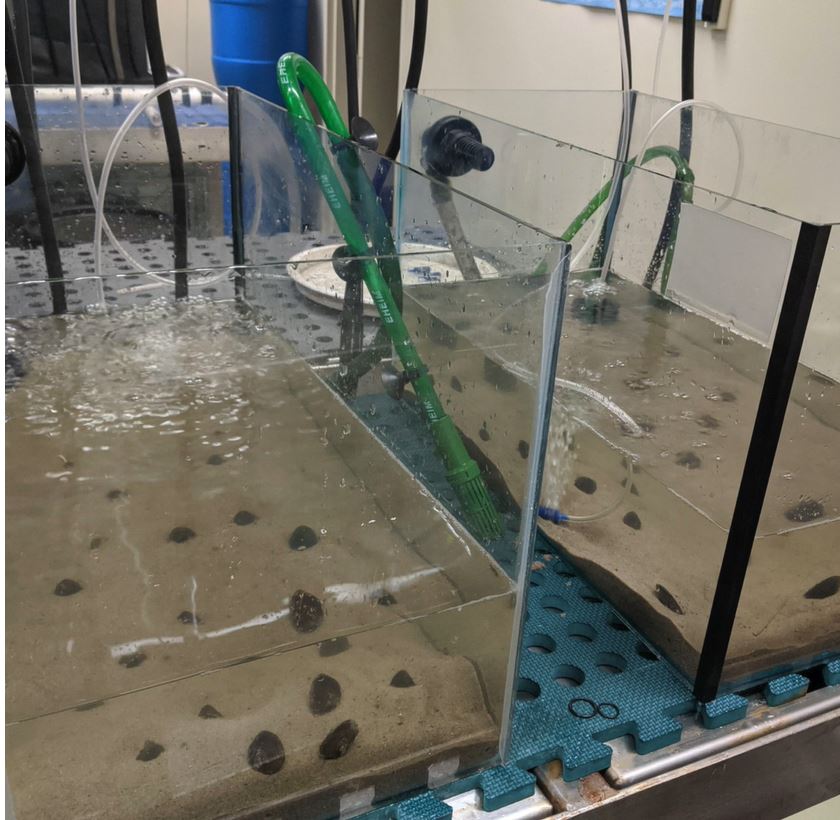
Captive breeding:
By December 2025, an insurance population GFW Mussels is established at the VFA Snobs Creek hatchery, which is producing progeny for release (translocation).
This contributes to the long-term outcome: By 2035, three new genetically healthy and reproducing populations of GFW Mussels are established in the wild from stocking progeny produced by the captive breeding program. The GFW Mussel has a high risk of extinction by stochastic events such as fire, sedimentation, floods, drought and predation. It is also at risk of genetic decline and loss of evolutionary adaptability through inbreeding. The captive breeding program is designed to secure an insurance population in case of catastrophic events, and to build up a genetically healthy population.
Community Awareness:
By the end of the project (December 2025) community members will have have engaged with a GFW Mussel activity, including an interactive event, for community members to encounter the mussel in a safe environment, learn about what they can do to help protect its habitat and how this benefits the Glenelg River environment.
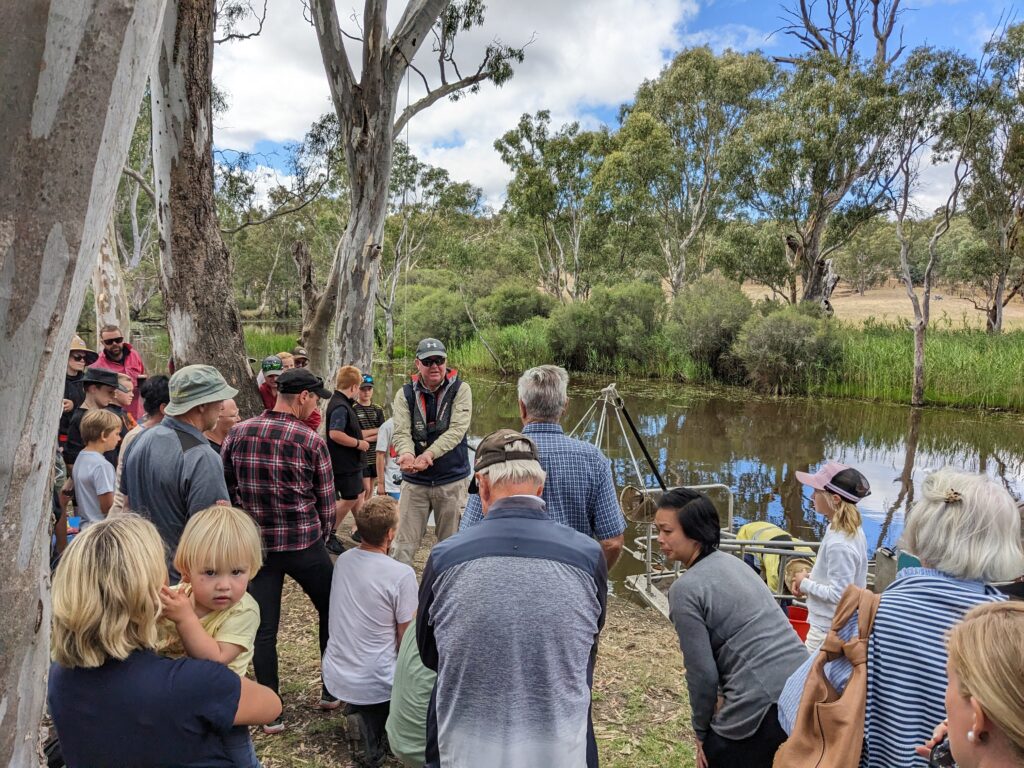
Learn more about what we have done relating to the Glenelg Freshwater Mussel
October/November 2023: ARI scientists collect a foundation population of mussels and attempt a first ever captive breeding program.
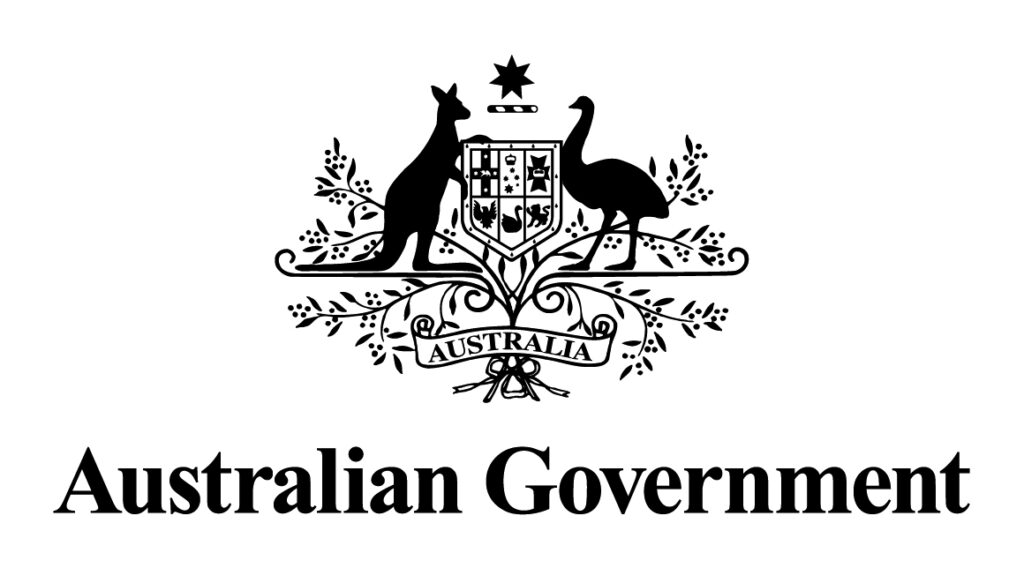
This project is supported with grant funding through the Australian Government’s Saving Native Species Program.
